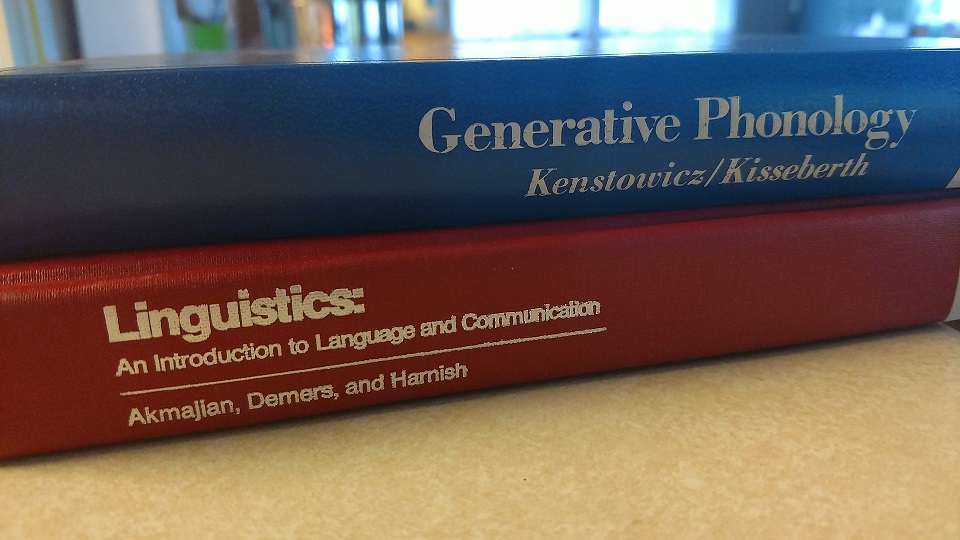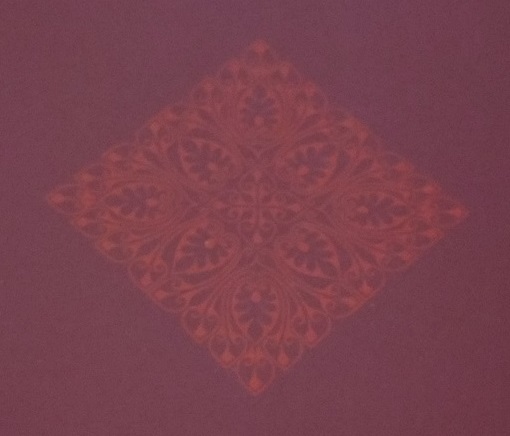Ethnic America
So, for about a week I have been working through Ethnic America, by Thomas Sowell. The book covers the numerous waves of immigrants and how their culture, context, and interrelationships affected each group’s trajectory to establish themselves as Americans. I’m about halfway through, which means I’ve covered European and Asian immigration.
European immigration covered first the Irish, then the Germans, Jews and finally the Italians. Asian immigration covered the Chinese and Japanese. This leaves some notable ethnic groups in our current context outside of observation. Immigration from the Middle East, Korea and India all stand out in my mind. This is largely due to the fact that the book was published in 1981. While it provides coverage of multiple centuries for each group, it does leave a gap between its writing and modern day.
Nevertheless, loving history, there is still much of value. Sowell does a great job of providing details as well as impact. Whether he is describing relationships between the Irish and Blacks in the slums of big cities, or detailing the way in which Japanese or Jewish first-wave immigration was markedly different than the next, he brings to bear a large array of data related to education, intelligence testing, job numbers, age, political involvement, statistics on activism and migration patterns within this country.
One of my favorite features so far is his establishing the history within the United States in the context of the history in the countries of origin. This means going further back than might have otherwise has been required, but it gives much more clarity once dealing with why some immigrant communities were quicker to establish their place in this county, and the tools and manner by which they did so.
So, with that all out of the way, here are some quotes that stood out. I don’t mean to suggest they cover all the detail or give even a sufficient summary of the line of thought. They are just quotes that stand out to me. Based on the intricate weaving of statistics, history and such, there aren’t a whole bunch of one-liners that have stood out. Rather, I find entire paragraphs or pages illuminating the past in new ways.
One of the major things that stands out here is the way the people of the United States have changed. We are uber-conscious of the deep cultural divide between white and black today. But that dichotomy can cause us to neglect to truly grasp how much richer, more complicated and intertwined the history is, how much more riddled with failure, but also unimaginable successes and growth. Thus, the first quote, from the Introduction:
American pluralism was not an ideal with which people started, but an accommodation to which they were eventually driven by the destructive toll of mutual intolerance in a country too large and diverse for effective dominance by any one segment of the population.
p. 10
So, I will start with the Irish, following Sowell. He details much about how their history had prepared them to take on and excel at dominating the urban political machines, even when they were not in the majority, population-wise. I found the following interesting:
The Irish were by no means the originators of corrupt politics. They were simply more successful at it, and performed with a warmer human touch. No small part of their success was due to the insensitivity of their political opponents to the desires and fears of the immigrant masses in the cities. Political “reform” movements were typically in the hands of upper-income, more educated people with values, goals, and styles very different from those of the working class-voters. Reform politicians typically had neither personal nor organizational roots in the low-income communities, so that even when they acted on behalf of the poor, it was with little mutual understanding and much unintended harm. The poor usually ended up preferring corrupt politicians, who understood them, to distant theorists, who did not.
p. 33
There is a lot there that could probably be unpacked and related to our current setting, but let’s not go there right now. Moving on to the Germans, the history is long, starting before there was even a self-governing nation. Speaking of the mid-eighteenth century and the practice of indentured service, Sowell provides the following:
After a vessel docked in an American port, potential buyers of the passengers’ indenture contracts came aboard. The indentured servants were brought out of their quarters, walked up and down to let the buyers see them, and sometimes feel their muscles and talk to them to form some opinion of their intelligence and submissiveness. Sometimes a middleman called a “soul driver” would buy a group of servants and then walk them through the countryside, selling their contracts here and there as opportunity allowed. The society of the time attached no moral stigma to this trade in human beings, and it was openly engaged in by individuals of the highest rank and renown. George Washington purchased the contracts of indentured servants to work at Mt. Vernon, just as he owned slaves. As late as 1792, the new American government devised a plan to import indentured German labor to help construct the city of Washington.
pp. 48-49
This quoted section, as well as all the content before and after, is littered with citations – the back of the book has an extensive list of references.
Moving on to Jewish immigration, the contrast between the different sources plays a huge role. Moving from Sephardic Jews from the Iberian peninsula, to German Jews, before heading to eastern European Jews, the history is enlightening. Reflecting all this:
In short, the eastern European Jews were an acute embarrassment to the German Jews in America. Their numbers, ways, and concentration made them highly visible, alarming other Americans and threatening an anti-Semitic reaction that would harm the German Jews, who had quietly gained acceptance before. The Jewish press, controlled by German Jews, was openly critical of the new immigrants, whom they described as representing “Oriental antiquity,” speaking a “piggish jargon,” and “slovenly in dress, loud in manners, and vulgar in discourse.” Their religion was referred to as “medieval Orthodoxy.” The vicissitudes of the eastern European Jews were seen by the German Jews as filling the newspapers with “daily records of misdemeanors, marital miseries, and petty quarrels.” It was the German Jews who coined the epithet “kike” to apply to eastern European Jews.
pp. 80-81
Let me be clear that I am not trying to condone anything, socially, linguistically or otherwise. I just found these quotes interesting, illustrative of general trends or contrasts between ethnic groups. And with that, let’s end this post with one more quote for the Italians, which should finish out the European sources of immigrants to this developing nation.
Italian Americans did not merely work; they also saved. Among the early immigrants – mostly men preparing to bring families over or to return to Italy with money to establish themselves – saving over half their income was not uncommon. A de-emphasis on conspicuous consumption remained a trait of later generations. So did self-reliance, which took many forms, including refusal to take government benefits to which they were legally entitled, maintaining good credit ratings even when on low incomes, and taking little interest in politics or elective endeavors.
Against this background, it may be possible to understand the paradoxical change in relations between Italians and blacks over the generations. Whereas the immigrant generation of Italians evidenced less hostility to blacks than did other whites (especially in the South), currently Italian-American opinion is more unfavorable to blacks than is that among other whites. The paths to group advancement emphasized by black leaders have been precisely those paths rejected by Italian Americans as inconsistent with the latter’s values – government aid and special treatment. The life-styles of the two groups also clash. Words and body language are often taken as calculated insults by each side, when in fact they have entirely different meanings in the two very different cultures. These conflicts are exacerbated by the fact that Italian Americans have been reluctant to abandon their neighborhoods, in the familiar pattern of white flight (there is still an Italian-American community in Harlem), and so have more contacts and opportunities for conflict with blacks than do many other groups.
p. 127
He continues that compare and contrast seeing that the relationship is similar between Italian Americans and Puerto Ricans, but entirely different when looking at Italian and Chinese American relationships. All very interesting, and to Sowell’s point, challenging the notion that “racism” is the sum total of what is going on.
Okay, with that, I think I am going to end this post. Will follow up soon enough with some quotes from the next section on Asian immigrant communities.



